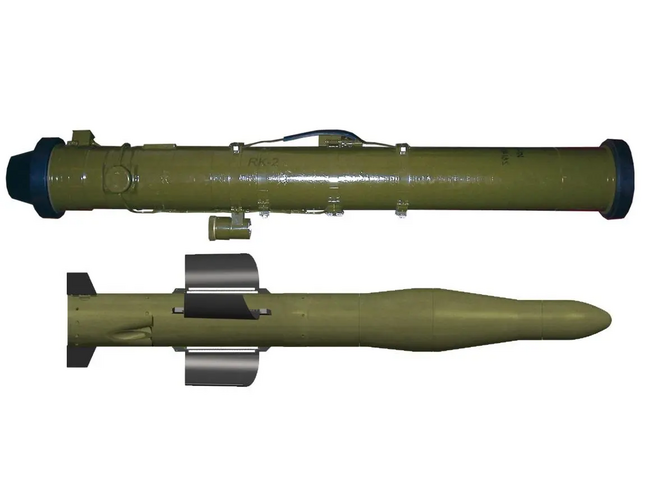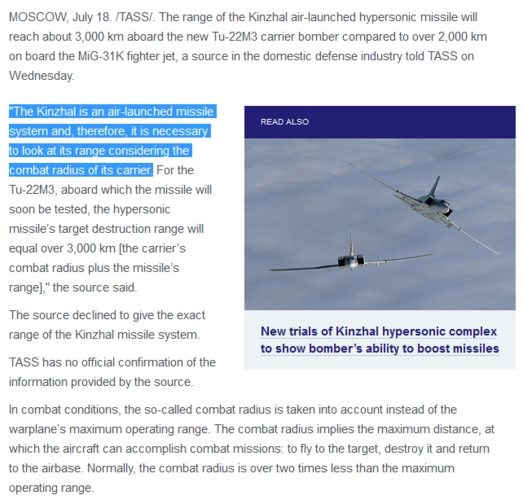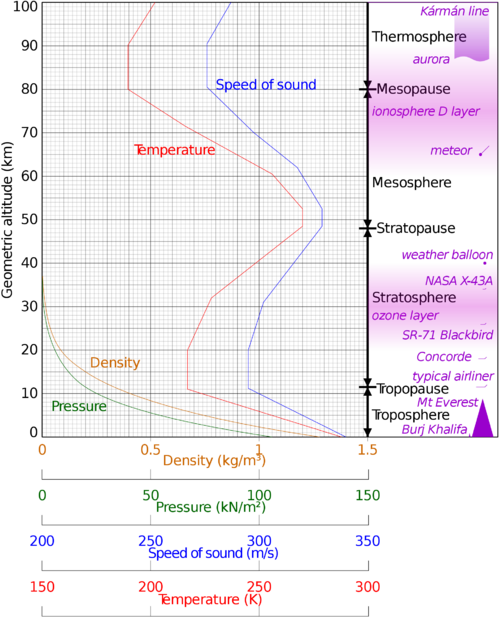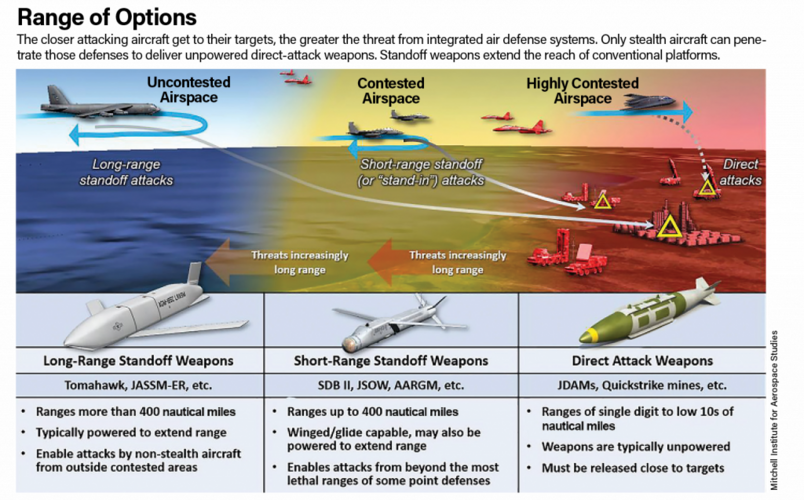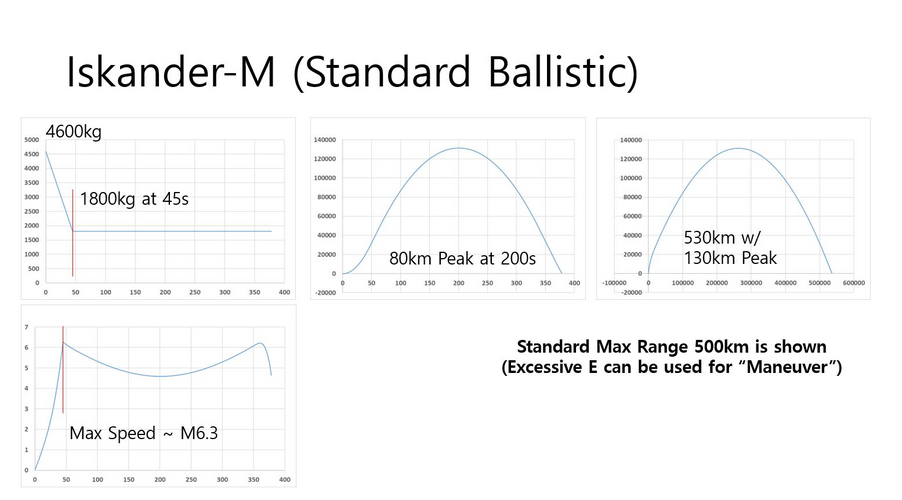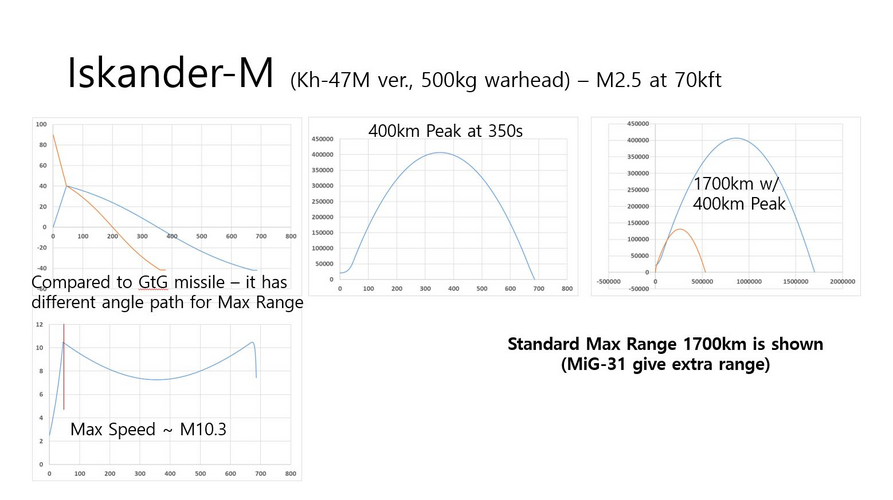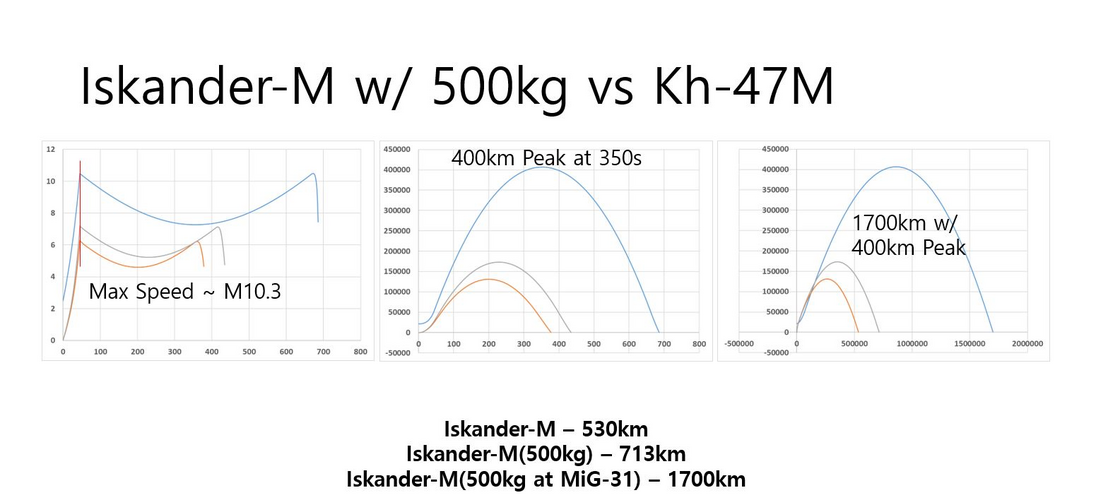Scott Kenny
ACCESS: USAP
- Joined
- 15 May 2023
- Messages
- 11,258
- Reaction score
- 13,688
Air launch at subsonic speeds and ~50kft gives you +1100m/s delta vee. Kick that up to Mach 2 and you get +1600m/s or so.
I thought the fins had a combined fold and wrap already?Yes, the only real issue might be the way the fins currently fold for ground launch, the folding fins may need modifying to a double fold or a curved profile.
That's definitely a concern, ATACMS is 3700lbs.Mass may also be an issue for the internal points.
While PrSM is 17" diameter instead of 24", I think it's still over 2500lbs.Worst case scenario, you may have to use a PrSM instead for internal fit.

